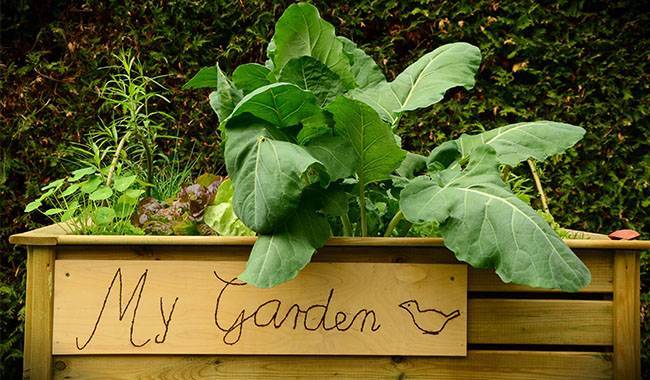The growing secret of protecting seedlings

The growing secret of protecting seedlings Planting seedlings is a pleasant but not easy job. For various reasons, seedlings can pull out, turn yellow or develop diseases. And each stage of growth needs to meet its own specific conditions. The following considers the main problems faced by gardeners when using the seedling method and protecting seedlings for growing plants , as well as methods and tools to help prevent or eliminate these problems. THE MAIN PROBLEMS WITH SEEDLINGS The most common difficulties that await gardeners when planting protecting seedlings are the following. 1. low germination rate. 2. Pulling seedlings to grow. 3. drying out. 4. Falling over. 5. yellowing. 6. Burning. 7. slow growth or stunting. 8. appearance of pests and diseases. WHAT TO PAY ATTENTION TO WHEN PLANTING SEEDLINGS The above problems are closely related to the agronomic techniques used to grow protecting seedlings. Whether growing vegetable crops, flowers, or berries from seeds, there are some







